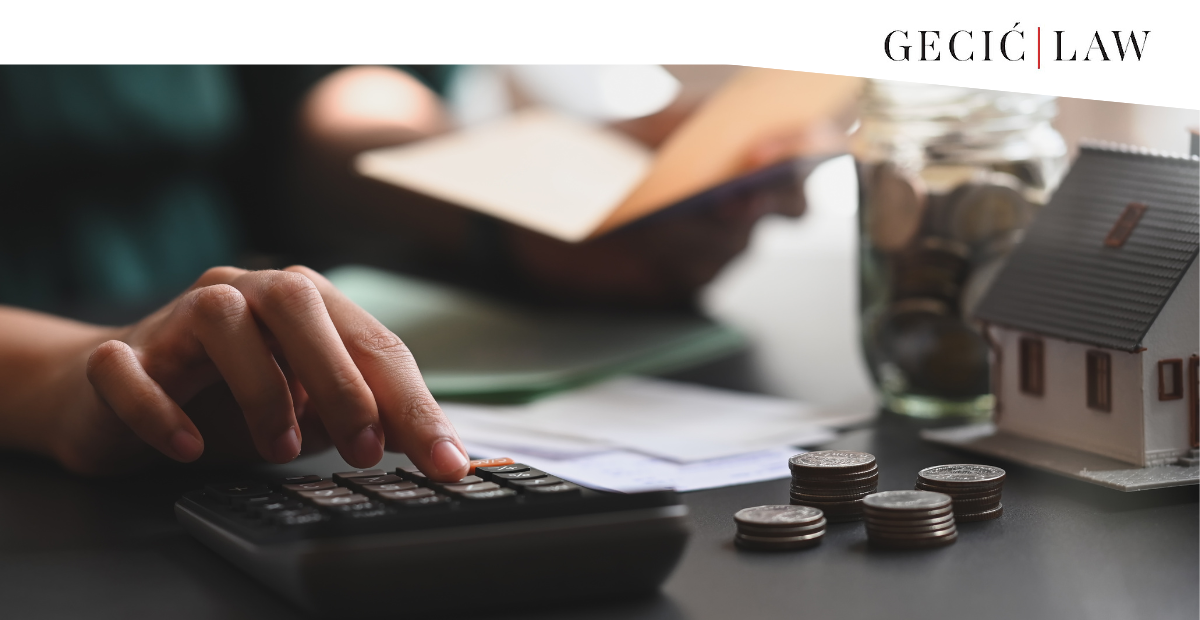

The energy crisis and rising costs are not the primary driver but have certainly accelerated discussions on energy sustainability. Responsible companies and real estate developers are already implementing construction strategies that enable energy sustainability and qualify for certificates such are LEED and BREEM. As the market is turning greener, real estate developers are motivated to do so: it increases the demand, secures financing, and provides an overall better company image.
But what about old buildings?
Either built before there was awareness of the need for energy savings or just losing the battle with time, old buildings maintain energy spillage, which decreases the positive outcome of green energy initiatives and projects. When we include the data that up to 70% of buildings are estimated to be energy inefficient, the problem is far from insignificant.
Relying on the awareness and, more importantly, the financial capacity of single homeowners to renovate and improve the building efficiency would likely result in a negative outcome on a short deadline. This problem requires top-down measures, and Serbia has made the first steps, as it concludes two substantial loans with this purpose.
The first is a loan agreement to finance a new energy efficiency project concluded with the International Bank for Reconstruction and Development (“IBRD”) as a part of the World Bank. The IBRD has agreed to lend Serbia $44,900,000 to help with this project. The project contains two segments: (i) financing energy efficiency, sustainable heating, and rooftop solar investments and (ii) technical assistance and implementation support. The project will finance and support eligible owners of family households and flats to implement measures such as replacing windows and doors, roof and ceiling insulation, wall insulation, boiler replacement, heat network renewal, and purchasing heat pumps. The project will also provide technical assistance by informing policy, legal and regulatory development; providing training and technical assistance to local self-government units; conducting outreach activities to promote energy efficiency; and conducting technical studies.
On the institutional end, Serbia will have to establish a Project implementation unit (“PIU”) which will overlook the project’s overall coordination, implementation, monitoring, and evaluation. Also, Serbia will establish the Central Fiduciary Unit (“CFU”), which will provide financial management and procurement support to the PIU. Finally, Serbia will establish a Steering Committee, which will be responsible for the coordination and strategic guidance functions.
The other source of financing came from the European Bank for Reconstruction and Development (“EBRD”) and the EU, which granted a 14 million euro financial package to renovate public buildings. The package comprises a 12-million-euro loan from the EBRD, and a 2-million-euro grant from the EU.
This program will impact 80 public buildings in 20 municipalities in Vojvodina, the Serbian northern autonomous province. The buildings, including administrative buildings, cultural spaces, sports, education, and healthcare facilities, will have thermal insulation, new windows, upgraded heating, ventilation, cooling systems, and energy-efficient lighting.
Since buildings account for around 34% of energy consumption in Serbia, renovations can help lower consumption and CO2 emissions. These improvements are estimated to account for a primary energy reduction of 53% and annual CO2 emission reductions of 56%.
With the implementation of energy efficiency upgrades and the financing of sustainable energy solutions, Serbia is following good practices and shows determinacy and focus on sustainable energy solutions.